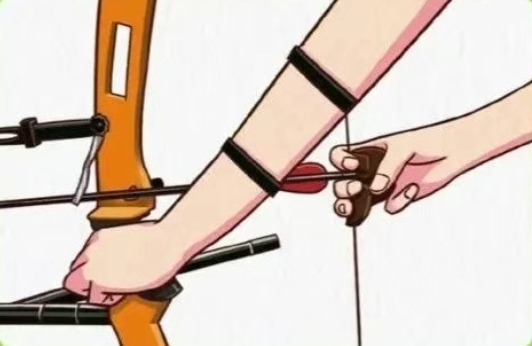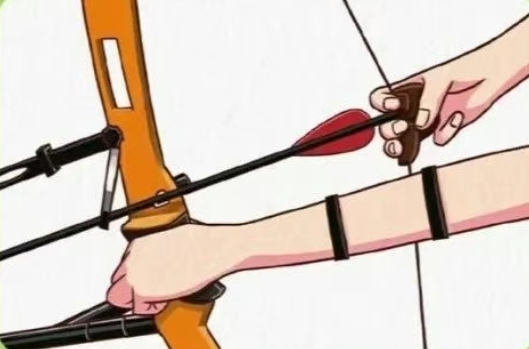Release time:2025-06-21 14:59:02Clicks:author:SPG ArcheryMain categories:Bows, Arrows, Archery Accessories
Stand
Walk towards the shooting line, straddle the shooting line with your feet shoulder-width apart or slightly wider. After standing, keep your center of gravity stable. The bow tip can be placed on the front foot or the shockproof rod can be placed on the ground to prepare. Then you can turn your head to the target, examine the target, and adjust to a comfortable position.
Nocking an arrow
There are two ways to nock an arrow. 1. Check the direction of the arrow tail → insert the arrow tail into the arrow nock → place the arrow shaft on the arrow stand → press the arrow shaft under the signal piece 2. Through the arrow stand → press the arrow shaft under the signal piece → clamp the arrow tail in the groove in the bow handle. Note: When nocking an arrow, check the integrity of the arrow tail, feather piece, and arrowhead to avoid unnecessary losses.
Hooking and pushing the bow

Check the position of your fingers on the finger pad and place it on the bow string. The arrow tail is between the index finger and the middle finger. Do not squeeze the arrow tail to avoid pressing and tilting the arrow. Relax your hand, fit it well with the bow handle, slightly tighten the bowstring, and place the pushing hand accurately on the bow handle.
Raise Bow

The quality of the bow-raising action will affect the subsequent actions, so raising the bow is the basis for the correct bow-drawing. Note: 1. The body is slightly forward in the direction of the target to avoid the body naturally deviating from the target due to excessive pulling force. 2. The neck and face must be very relaxed.
Drawing the bow
When drawing the bow, the aiming point must be kept in the center line area of the target. During the bow-drawing process, inhale and exert force, and exhale and relax. The back of the hand of the bow-drawing hand must remain stable throughout the process and cannot rotate. The finger, hand and forearm are relaxed, and there is no need to exert force. Only the strength of the two shoulder strap muscles is used to draw the bow. During the entire bow-drawing process, the shoulder blade of the bow-holding arm must be backward and downward when the bow is raised, so that the shoulder of the bow-holding arm droops.
Relying position
When starting to draw the bow, the bow-drawing hand must be placed in a position that allows it to rest firmly under the jaw. The hand that draws the bow must be tightly against the jawbone to form a bone-to-bone connection. When the bow is fully drawn, the position fixation is also completed.
Ready to fire
After entering the waiting position, you should continue to exert force, otherwise it will lead to the loss of reasonable shoulder and back muscle pulling force, and it will be laborious and time-consuming to exert force again. When drawing the bow, press the shoulder down to move the shoulder blade toward the spine, and the bowstring cannot move. Transfer the force when drawing the bow to the back muscles to form a smooth and correct way of exerting force.
Aiming and continuous force are carried out at the same time, so you should calmly and subconsciously look at the aiming area with your eyes, and pay more attention to the force when ready to fire.
Release
The release action is completed instantly. The correct release action is concentrated in the back muscles, so the string-drawing hand must be relaxed when releasing, allowing the bowstring to detach by itself, that is, let the bowstring push the string-drawing finger away